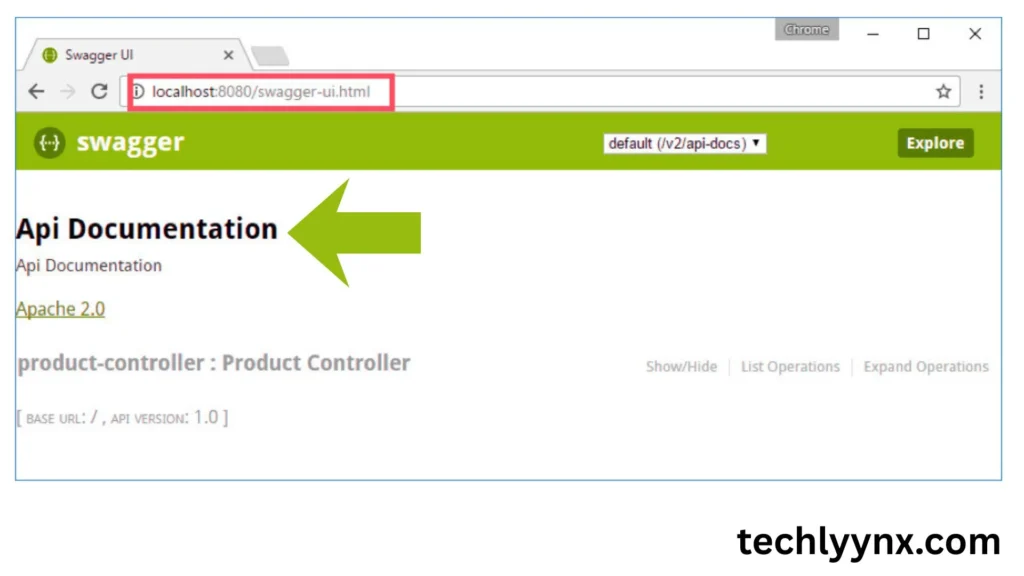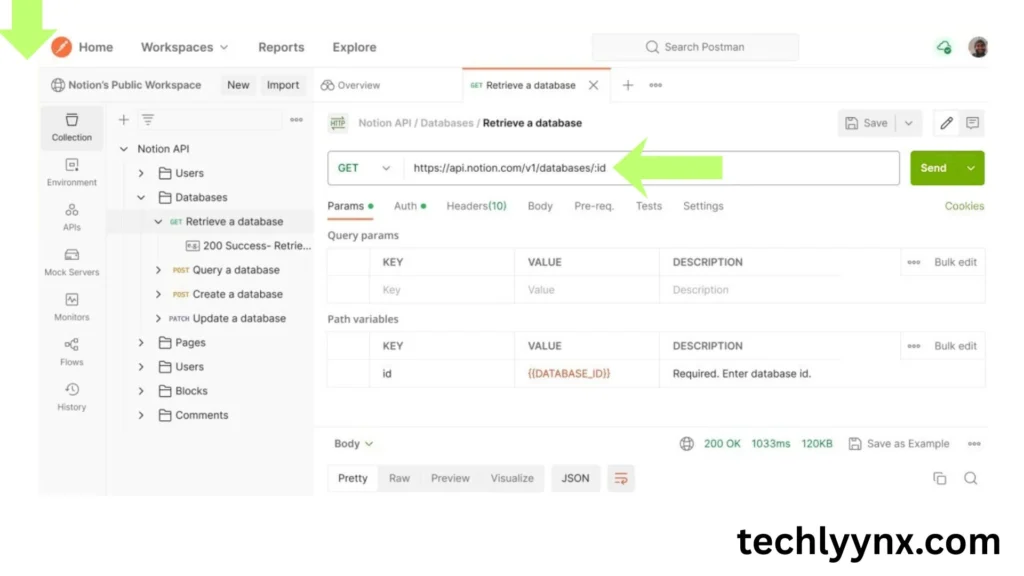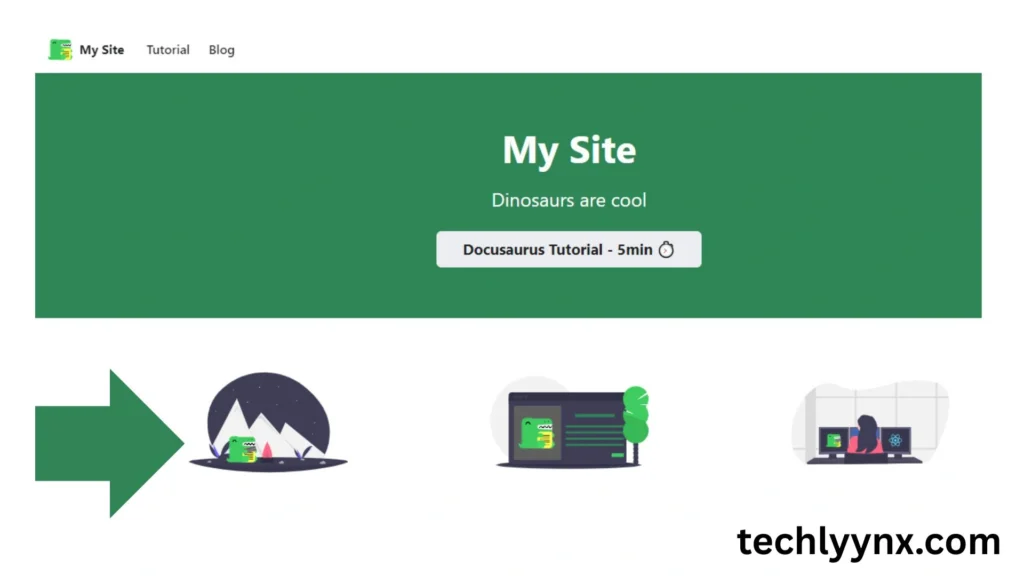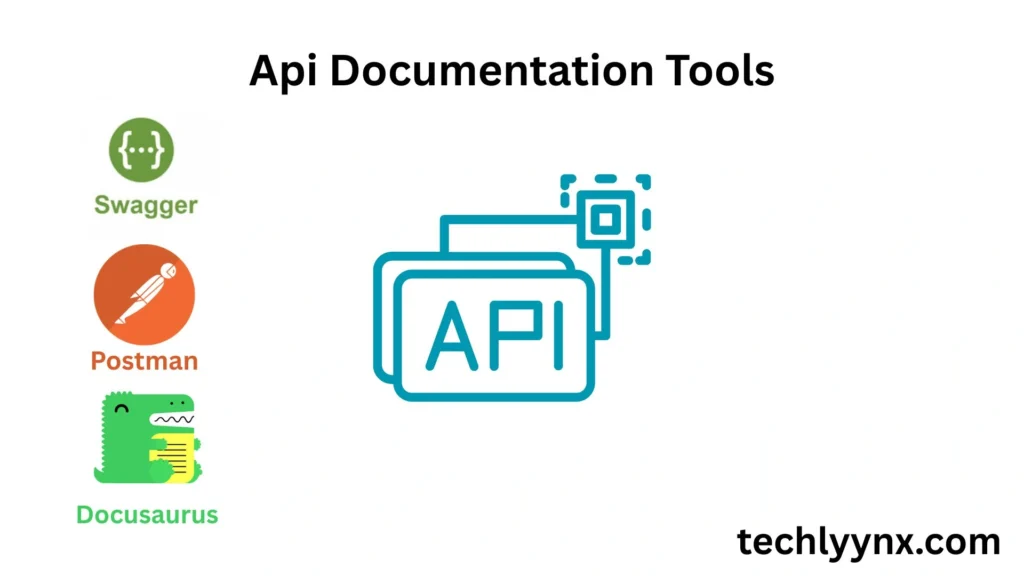In today’s evolving world, the application programming interfaces (APIs) are the basic connectors of systems, applications, and services. As the APIs grow with time, there is a need for clear, easy, and interactive documentation tools. From here starts the era of API documentation tools. API documentation tools help automate, manage, and present technical details in a developer-friendly format.
How Microsoft Activation Scripts Saved My Presentation
This post will explore the API documentation completely. A comprehensive overview of the most trusted and adopted APIs, their features, benefits, and use cases. Word count
Introduction to API Documentation Tools
API documentation acts as a guide that defines how to integrate and use an API effectively. This is a complete document having each and everything explained. This consists of the whole procedure of how to make an API able to fulfill our requirements.
Clear documentation is essential for developer onboarding, reducing queries and ensuring consistent implementation across different platforms.
API documentation tools simplify the process by automating content generation, maintaining version consistency, and supporting features. This allows developers to test endpoints from direct documentation interfaces. These types of tools convert raw data into a well-structured and readable format. They make the users able to understand the documentation completely.
The documentation process can become outdated, inconsistent, and challenging without these types of tools. These are really more helpful in agile workflows.
Leading Examples of API Documentation Tools
There are various examples of these tools on the basis of specification support, interactivity, and hosting. One of the major types is given below:
Swagger / OpenAPI

Swagger is the most recognized tool in the API world. This is built on the base of the OpenAPI specification (OAS). This is used to define a standard, language-agnostic interface for RESTful APIs.
Key features:
Autogenerates the interactive documentation from OpenAPI. “Try it out” functionality for the testing of endpoints. Has a special built-in feature of schema validation and client/server code generation. Offers a collaborative environment for team-based API designs. Advantages:
- Standardization across teams and organizations.
- Compatible with a lot of different programming languages.
- Seamless and easy integration with CI/CD pipelines.
Postman

This was initially designed as an API testing tool but soon evolved into a comprehensive and trusted API platform. This includes documentation, monitoring, and collaboration features.
Key characteristics:
Autogenerating of API documentation with the Postman collections. Has hosted documentation pages that sync with live API data. Run the “Run in Postman” button for developers to clone and test APIs directly without any additional work. A collection of runners for dynamic testing of APIs and data.
Advantages:
- Unified workspace for testing and developing API documents.
- Offers a built-in collaborative environment and version control.
- Very easy publication of documents with minimal steps.
Docusaurus / MkDocs: Best API Documentation Tools for Site Generation

Docusaurus is used for static site generation. They are often used for API and software documentation. Also known as MkDocs. These tools support markdown writing and allow developers to focus on content mainly.
Key features:
Markdown-based document generation.
Version support for multiple API iterations
Easy integrations with plugins for OpenAPI rendering.
Easy deployment for GitHub pages or custom domains.
Key Benefits:
- Open source and highly customizable.
- Very simple workflow and markdown editing of documents.
- Integration with CI/CD pipelines for automatic updates.
Choosing the Right Tool
How to choose the right API documentation tools for you? An important question and turning point. This is such a challenging situation to choose the appropriate API documentation tools for you, as it directly depends upon your team size, type of work, integration requirements, and targeted audience. Some of the major factors you should keep in mind while making this selection are
OpenAPI-based projects:
Swagger, Redoc, and Spotlight offer the most advanced and robust capabilities. For the OpenAPI projects, one of these tools should be preferred.
Test-driven workflows:
In this case, Postman is always the best choice. This offers outstanding testing and documentation services.
Interactive portals:
For the purpose of interactive work, README is always the best choice. It provides immersive and real-time documentation experiences.
Internal documentation:
Docusaurus and MkDocs offer more simplicity and flexibility for this type of use.
Organizations can also combine multiple API documentation tools according to the nature of their requirements. For example, one can use Swagger for specification generation and Redoc for final presentation.
How We Used Postman

Here is a current point of view of one of my friend who is a software engineer at Information Technology University (ITU) Lahore. He narrated the very interesting story of the use of the postman for his project.
He says, “During my final year project, I developed a restful API for the online attendance management system.” After completion of the project there was the time of testing and pilot run of the project. To test my API, I used Postman, which became the most helpful tool in my whole project.
At the very beginning I had to check the endpoints of the system. For example, verifying “Get/Students,” it returned the list of all students, and post/attendance was also recorded successfully. Instead of writing a separate code each time, I just opened Postman, entered the API URL, selected the HTTP method, and hit send. In seconds I had my response back with the most reliable outputs. This was really amazing.
The other feature I liked the most is the “collections.” In collections I could save all my APIs’ data in one recognized folder. Each endpoint was neatly and correctly arranged so that I could run that again easily.
Finally the “documentation” was ahead of all other features. It automatically generated the beautiful and interactive API documentation from my collection.
In short, I personally used the postman and found this one of the most reliable, easy, and interactive API documentation tools.
Conclusion
In short, API documentation tools are irreplaceable assets in the modern world of API development. They simplify the creation and presentation of API references while increasing developer experience. Tools like Swagger, Postman, and Spotlight provide full lifecycle management and collaboration. On the other side, Redoc and Readme focus on clarity, explanation, and user experience. Docusaurus provides cost efficiency.
Due to the unlimited importance of API documentation tools, a lot of development has been made in this field. So there are a number of these tools. Choosing the right set of API documentation tools among all makes sure scalability, consistency, ease, and innovation. The well-documented APIs foster integration across the digital landscape.
Also see …

